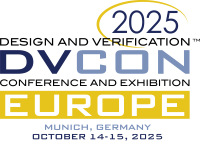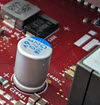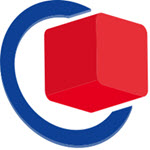
I have been a semi-regular attendee at the Design Automation Conference going back to 2008 or so, and over the years I have slowly drifted towards EDA (Electronics Design Automation). I have presented various talks as part of the “engineering track” at the DAC, always in some kind of “systems” category. This has now come to its logical conclusion, when I step up and join the Engineering Track Technical Program Committee (TPC), taking care of the Systems and Software topic. We need more systems and more software at the DAC!
Continue reading “The 0b111111 DAC –More Systems and Software”









 I work with virtual platforms and software simulation technology, and for us most simulation is done on standard servers, PCs, or latptops. Sometimes we connect up an
I work with virtual platforms and software simulation technology, and for us most simulation is done on standard servers, PCs, or latptops. Sometimes we connect up an